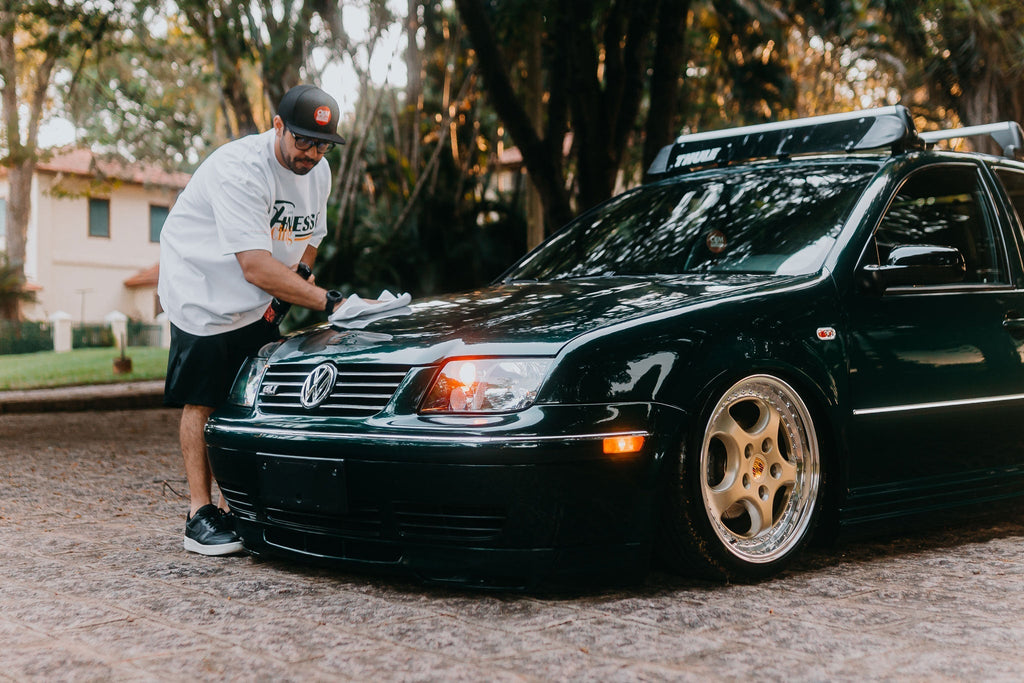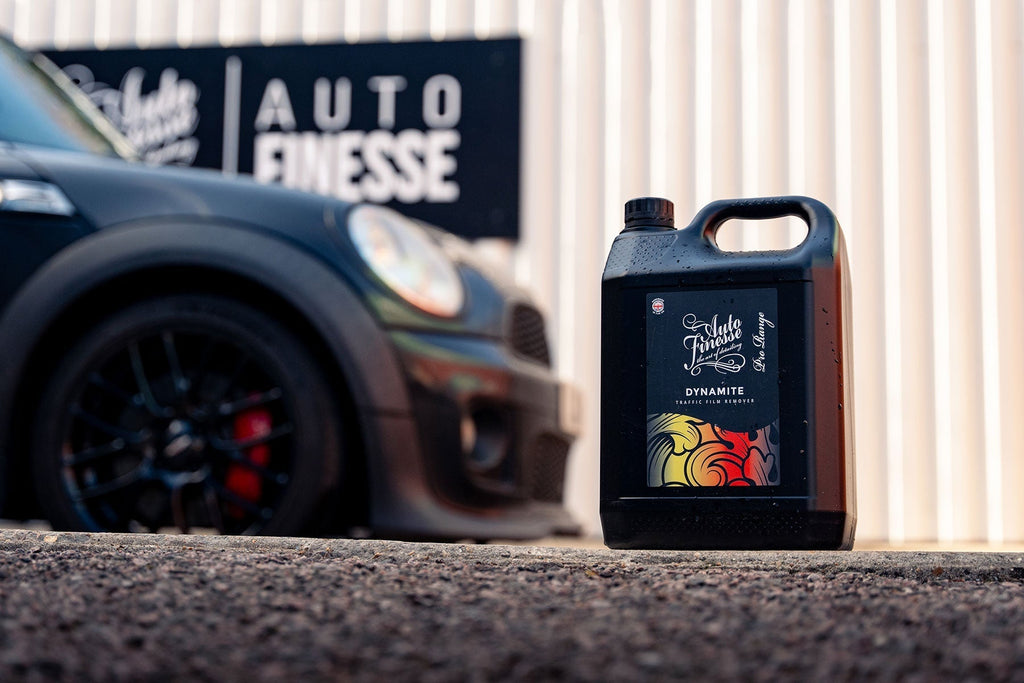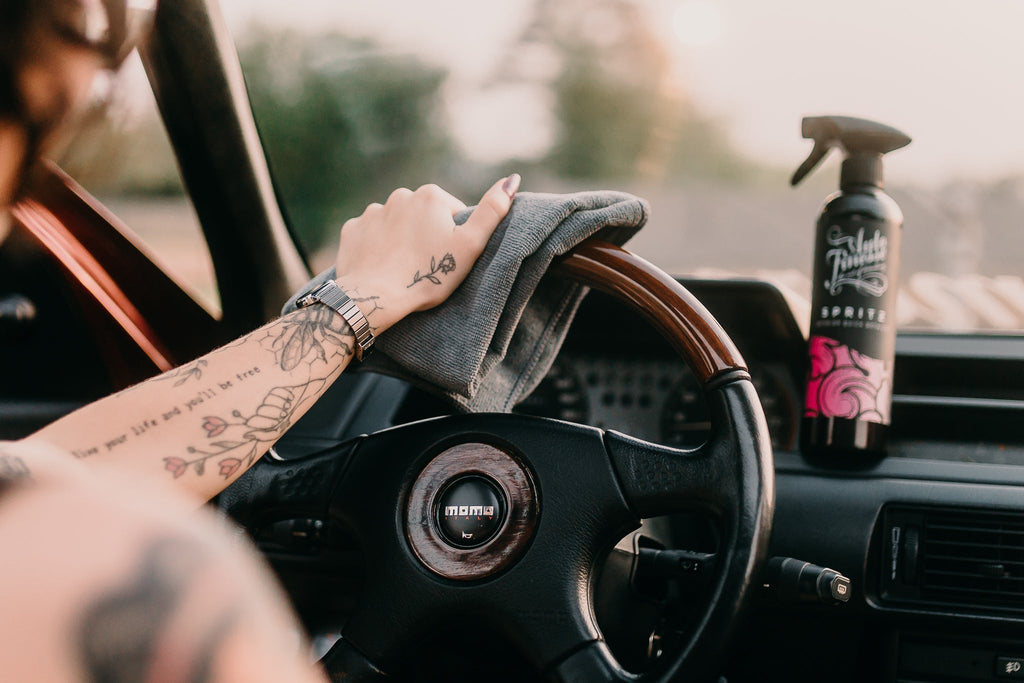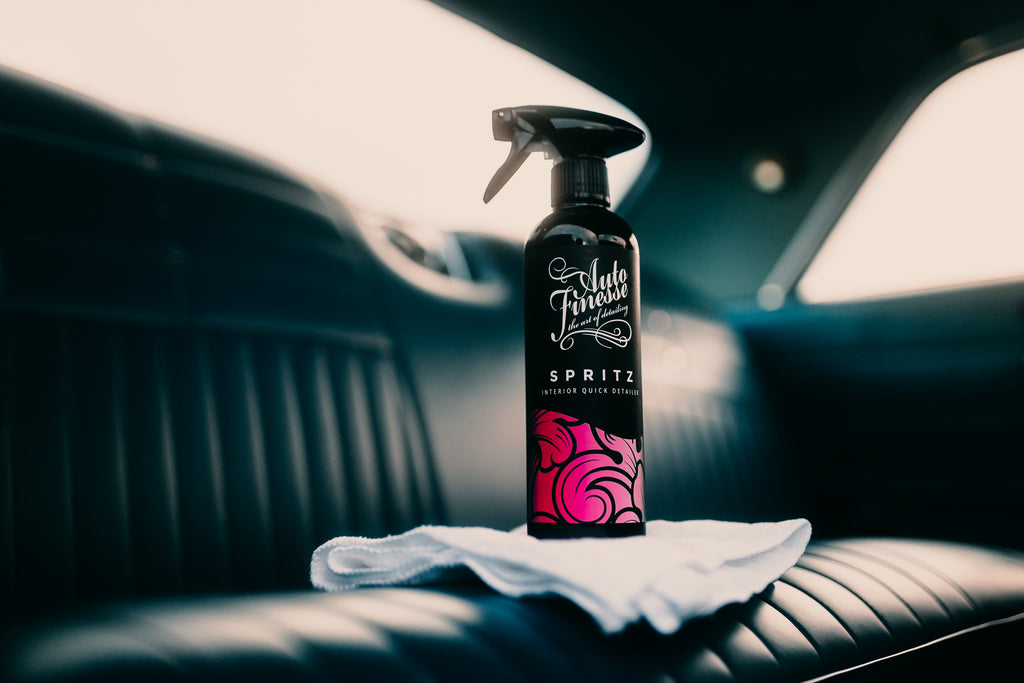A Quick & Easy Guide To Avoiding Swirl Marks

In This Guide...
- Discover the essential techniques to prevent swirl marks during the wash process.
- Explore the must-have products for a flawless and effective wash every time.
- Learn expert tips to ensure a safer detail by steering clear of common mistakes that could require extra correction later.

Why Is It Important To Avoid Swirl Marks?
- Swirl marks and other defects require polishing for correction, which isn’t always feasible during routine maintenance.
- Any paint correction will necessitate reapplying protective coatings afterward.
- Following the right techniques makes achieving a truly swirl-free wash simpler than you might expect.
Altering your washing technique and choosing the right products is the simplest way to significantly reduce swirl marks.
Light scratches and swirl marks on paintwork are a common issue during car cleaning. The good news? This problem is easily preventable by adopting the right detailing products and techniques. Washing your car correctly, using the proper products in the right sequence, significantly minimizes damage during the wash stage—when your paintwork is at its most vulnerable—and reduces the time spent fixing issues later. The best part is that these simple steps are easier to master than you might expect. Here are the top tips for achieving a highly effective, swirl-free wash.

Start With The Wheels & Tyres
You might wonder how cleaning your car’s wheels and tires relates to reducing swirl marks on paintwork. However, any experienced detailer will tell you that this is the crucial first step in any detailing process.
Wheels and tires are typically the dirtiest parts of a vehicle, accumulating the heaviest contamination. Cleaning them first prevents these contaminants from being transferred to the bodywork—especially after washing the paintwork. Skipping this step or tackling it too late can inadvertently spread harmful particles, increasing the risk of scratches or swirl marks. By fully cleaning this area upfront, you can effectively manage or eliminate contaminant transfer early in the process, ensuring they’re dealt with during pre-washing.
Even if your wheels and tires don’t seem excessively dirty, unseen contaminants could still pose a threat to your paintwork. That’s why it’s essential to begin every detailing session with this step.
For a comprehensive guide on cleaning all types of wheels, check out our Definitive Guide to Cleaning Alloy Wheels.




Always Conduct the Most Comprehensive Pre-Wash Possible
Pre-washing is one of the most crucial steps in detailing, yet it's often overlooked. A thorough pre-wash helps remove the worst contaminants from your vehicle before you physically touch it, and the process is simple to carry out.
The goal is to eliminate grit and dirt before using your wash mitt and car shampoo during the contact wash stage. By removing heavy soiling upfront, you significantly reduce the risk of causing swirl marks, perhaps more than any other step. Start by rinsing the vehicle thoroughly with a pressure washer to dislodge any loose contaminants, making sure to flush panel gaps, filler flaps, and window rubbers.
Next, using an effective pre-wash cleaner, like our Citrus Power Bug & Grime Remover, is key to breaking down and lifting particles such as dirt, bugs, and road film that could lead to scratches and swirls. Citrus Power dissolves contaminants quickly and suspends them in the solution, allowing them to be safely rinsed away without touching the paintwork.
Spray it over the entire vehicle, starting with the areas that are most contaminated, and let it dwell for a few minutes to let the product work. Afterward, rinse off the majority of the grime with your pressure washer. Citrus Power is also wax and sealant-friendly, so it won’t strip away any previously applied protection.


Make Avalanche Snow Foam a Part of Every Wash
Snow foam is one of the most effective tools in a modern detailer's kit. Our Avalanche Snow Foam, used in the pre-wash stage, creates a thick, rich lather that works to dissolve, loosen, and lubricate heavy soiling. This allows dirt to be safely rinsed away without you ever having to touch the vehicle.
Avalanche is also crucial because it reaches into panel gaps, cleaning away hidden dirt and dust that you might not see. If left unchecked, these contaminants could interfere with other stages of detailing, such as drying, polishing, or finishing. In the worst-case scenario, they could even damage your paintwork.
This citrus-infused cleaner is safe to use on previously-applied waxes, sealants, and coatings. It works best with a dedicated Foam Lance attached to your pressure washer. The Foam Lance activates the cleaning agents in Avalanche, creating a thick foam that clings to the surface and breaks down contaminants for maximum effectiveness.
Simply spray it over the entire vehicle, starting from the top down, let it dwell for a few minutes, and then rinse away the grime.




Use Two Buckets, Not Just One
When it comes to the contact wash, many overlook the importance of both the technique and the products used. Always use two Detailing Buckets for the wash stage, as this is a key step in reducing the risk of swirl marks.
One bucket should be filled with your shampoo solution, and the other, a "rinse bucket," should contain clean water. As you wash, load your wash mitt with the shampoo solution, apply it to the vehicle, then rinse the mitt thoroughly in the rinse bucket before returning it to the shampoo bucket. This prevents dirt and grit from contaminating your shampoo solution, ensuring a cleaner wash.
Equally important is the product you use. For a gentle yet effective cleaner, choose Lather Car Shampoo. This pH-neutral formula combines special surfactants and lubricants that lift and lubricate contaminants, allowing them to slide off surfaces without causing swirl marks during the washing process.

Wash the Vehicle in the Right Order
To prevent transferring dirt to cleaner areas, it's crucial to start washing the least contaminated sections of your vehicle first during the contact wash stage. A good rule of thumb is to begin with the roof, followed by the windscreen, bonnet, upper sides, front bumper, rear end, and finally the lower sides. Following this order, after thoroughly inspecting the vehicle, will significantly reduce the risk of damaging your paintwork. As you wash, always use straight motions with your wash mitt, avoiding circular movements, as this will further help minimize swirl marks.









